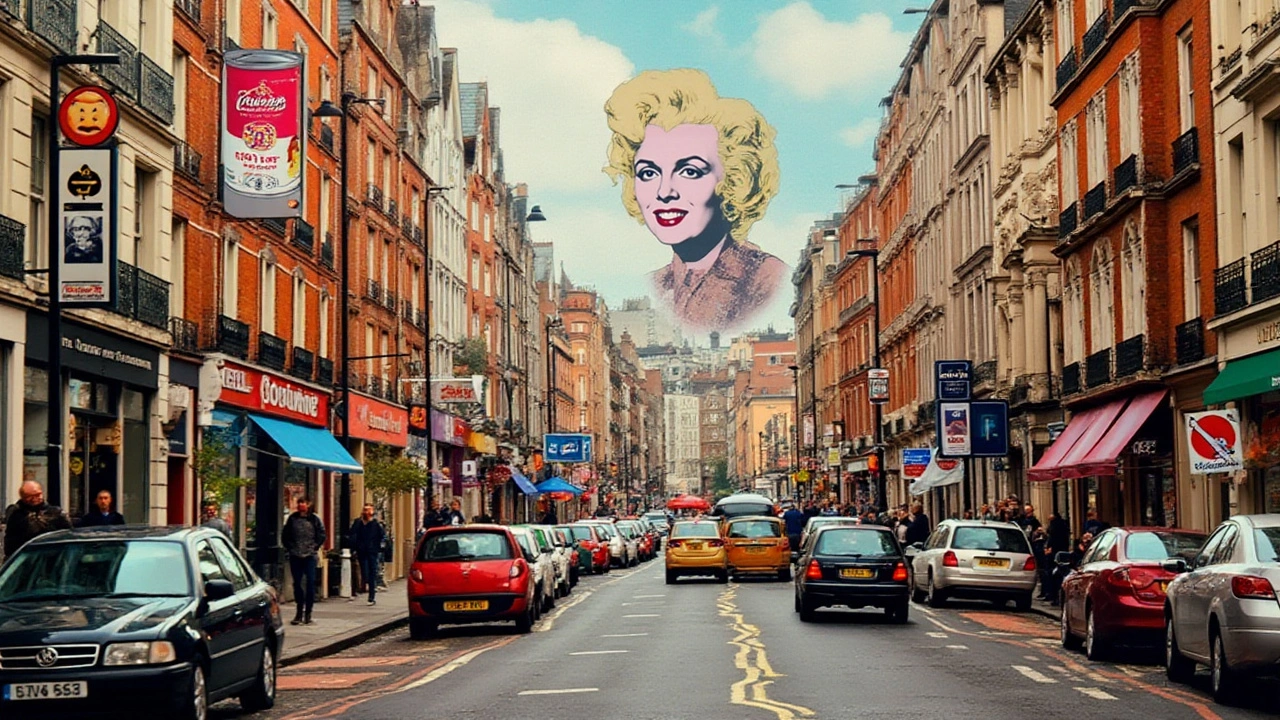Digital age art: what changes — and what still matters
We're living in a time when screens, sensors, and smart systems touch almost every creative choice. That doesn't mean the old rules go away. Instead, technology gives artists new tools and new audiences. This page collects posts that show how movements, materials, and spaces have adapted — from photorealism using digital references to installation art powered by projection and sensors.
If you make art, think about three practical shifts: tools, presentation, and audience. First, tools. Digital painting apps, 3D modeling, AI image tools, and VR let you sketch faster, test color, and simulate light before you touch physical media. Photorealism tips still matter, but now many artists mix manual brushwork with digital compositing for cleaner results. Bauhaus ideas — simple, functional design — show up in interface design and product visuals. Learn the basics of a few apps so you can prototype ideas quickly.
Show your work where people actually are
Presentation has moved beyond galleries. Installation art now often blends physical pieces with projection, AR layers, or interactive code. That opens doors: you can display work in a public plaza, a website, or inside a game. Futurism’s influence on game design shows how storytelling and world-building can host fine art. When planning an exhibit, think about user flow, lighting, and mobile viewers. Small adjustments — a QR code for extra content or responsive sound — make work feel current without losing meaning.
Find and grow your audience
Audiences expect interactivity and quick access. Social platforms reward clear images and short videos that show process. But attention shifts fast, so focus on depth: post a process clip, a short text that explains your idea, and a link to a longer piece or shop. Use tags and consistent keywords so people find you. Digital files need care: keep high-res masters, export the right formats (PNG/TIFF for images, WAV/FLAC for sound), and add captions or metadata so your work can be searched and archived.
Don’t toss craft for convenience. Traditional skills — composition, color, storytelling — still decide whether a piece connects. Use tech to expand what you do, not replace it. Try mixing a hand-painted canvas with projection mapping, or scan sketches to refine them in 3D software. Collaborations between coders, designers, and traditional artists often lead to the most interesting results.
Finally, think about impact. Smart-city projects, land art, and public installations now include sustainability and accessibility as part of design — tech makes this easier if you plan for it. If you want inspiration, read pieces on photorealism, installation art, Bauhaus, and futurism to see concrete examples of artists and designers using technology without losing soul. Pick one new tool, one way to present work online, and one audience goal — small steps move you faster than trying to do everything at once.

